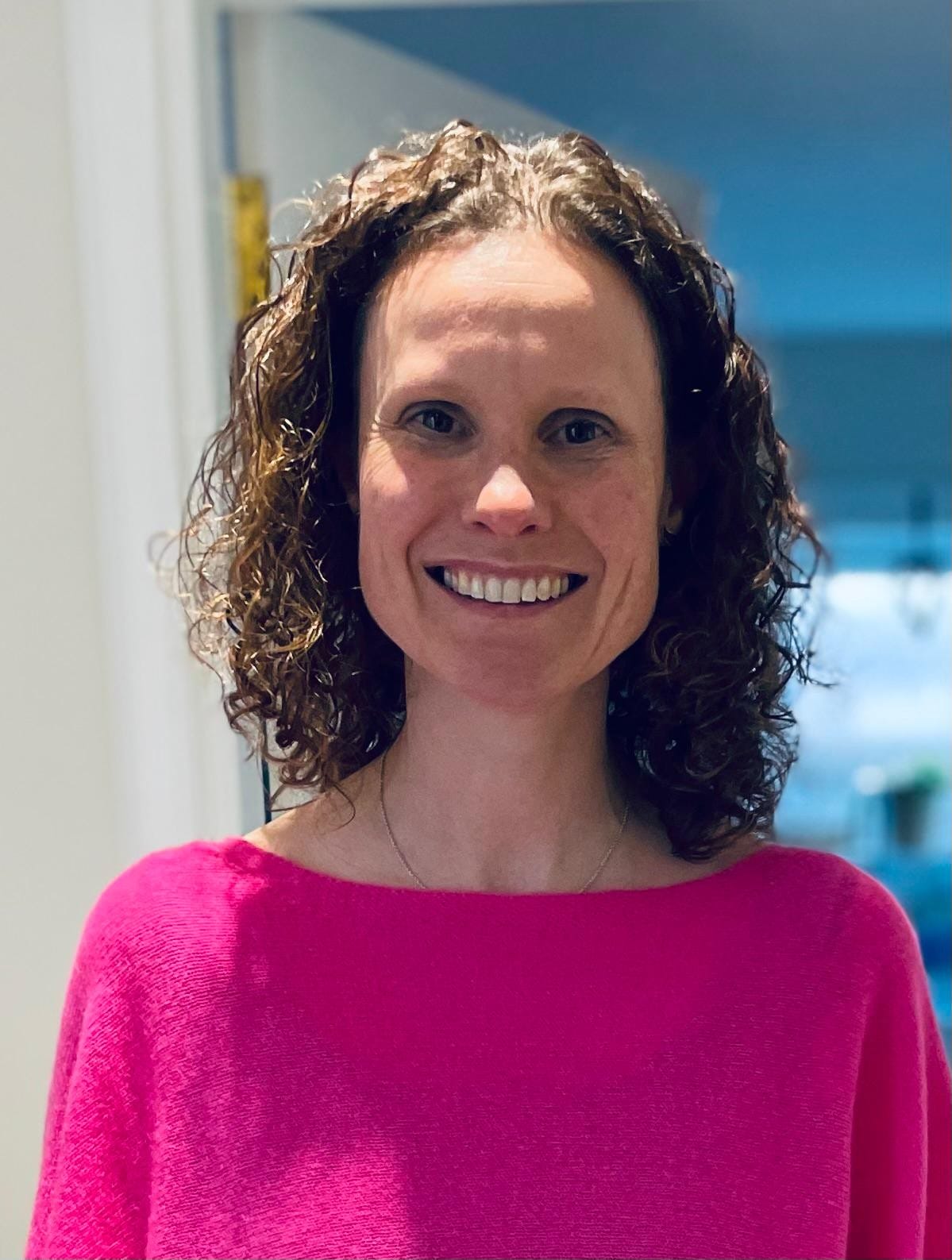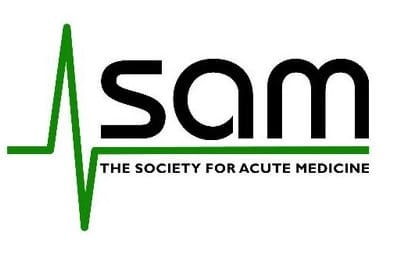Introduction
My name is Ailsa Howie and I am a consultant in Acute and General Medicine in the Western General Hospital in NHS Lothian, Scotland. I am married and live with my husband, my son, two cats and two chickens.
I studied at Dundee Medical School and did most of my Registrar training in NHS Lothian, Edinburgh. I became a consultant in 2013 and have been working at the Western General ever since. I enjoy spending time on Loch Lomond, playing netball and watching my son play rugby.

What got you interested in PS and CQRM as a special interest?
I was interested in quality improvement throughout my training. I saw the impact of medical errors on patients and those that were involved in the error. This gave me the drive to want to improve patient care and to understand why things go wrong and how to improve the process to prevent them from happening in the future.
When I was training as an Acute Medicine Registrar there was not the option to do Patient Safety or Quality Improvement as a special interest.
I was fortunate to be appointed as the first medical registrar to the Scottish Patient Safety Fellowship back in 2010.
Following this, my Programme Training Director and I submitted an application for patient safety to be considered as a special skill for acute medicine.
How did you train in PS and CQRM and what other avenues are there?
I was lucky enough to be trained through the Scottish Patient Safety Fellowship. To complete this I was given half a day per week to work on my project. My project was to improve the structure and communication during Hospital at Night Handovers in NHS Lothian. The fellowship lasted a year and culminated in a study trip where I was lucky enough to go to The Institute for Healthcare Improvement in Boston and USAID in Washington.
What challenges did you face?
My initial challenge was persuading the organisation that my project would be of benefit to the patients of NHS Lothian. However, I recognised the importance of involving your stakeholders early and as a result I was able to provide the evidence to allow me to move forward with my quality improvement idea.
Next was ensuring that I have the time to dedicate to achieving my fellowship while still working full time clinically.
How does this fit into your consultant working?
As a result of this special skill I have a job plan that includes time dedicated to patient safety.
Earlier in my consultant career my experience in Patient Safety and my QI project on structured handover got me the role of Clinical Lead for Structured Communication at NHS Education for Scotland. Where, I was tasked with developing and spreading a teaching session that I had devised to improve structured communication during handovers. I held this role for 10 years. It came with 1 session per week.
With my QI time I have the following roles
- I do Mortality reviews and present at the department M and M meetings.
- I perform SAE reviews
- I lead on QI projects with my resident doctors.
- I work with the pharmacy team to improve medication reconciliation and also medication errors.
- As a result of my work on medication errors and my knowledge and experience in QI work I have been appointed as the Chair of the HEPMA (Hospital Electronic Prescribing and Medicines Administration System) clinical governance group for NHS Lothian.
- I teach on the Scottish IMT bootcamp on structured communication and what to do when errors occur.
None of these opportunities would have been available to me without my solid grounding in quality improvement work.
Do you have any tips for trainees who may be interested in PS and CQRM as a special interest?
This is a special interest that will fit with all hospitals focus to improve patient care. It is a skill that can be used flexibility within your job plan and is adaptable to cover many areas of clinical practice. With this skill I have been able to work with many different departments and Allied Health professionals making every day different. It has given me a greater understanding of the pressures in different areas.
I believe that the fellowship was one of the most beneficial things that I have done in my career and would highly recommend this as a special interest to any trainee.
How to Train in Patient Safety and Care Quality Review Methodology.
Practical experience
This could consist of:
Undertaking a patient safety project of strategic relevance to the trust (for example contributing to a CQUIN, improving an outcome assessed via the national patient safety thermometer).
Undertake, under guidance from a Consultant, Root Cause Analysis of patient safety incident (such as patient safety investigation, serious untoward incident, structured case note review for inpatient death).
Undertake reflective report & Case-based discussion WBPA.
Attend patient safety meetings (such as patient safety group, safety and quality committee, mortality steering group) and write reflection on these.
Attend Patient Safety ‘Walkabouts’ undertaken by senior leaders within organisation.
Alternative A Specialist skill in Patient Safety and Quality could also be obtained through appointment to an approved Patient Safety Fellowship
